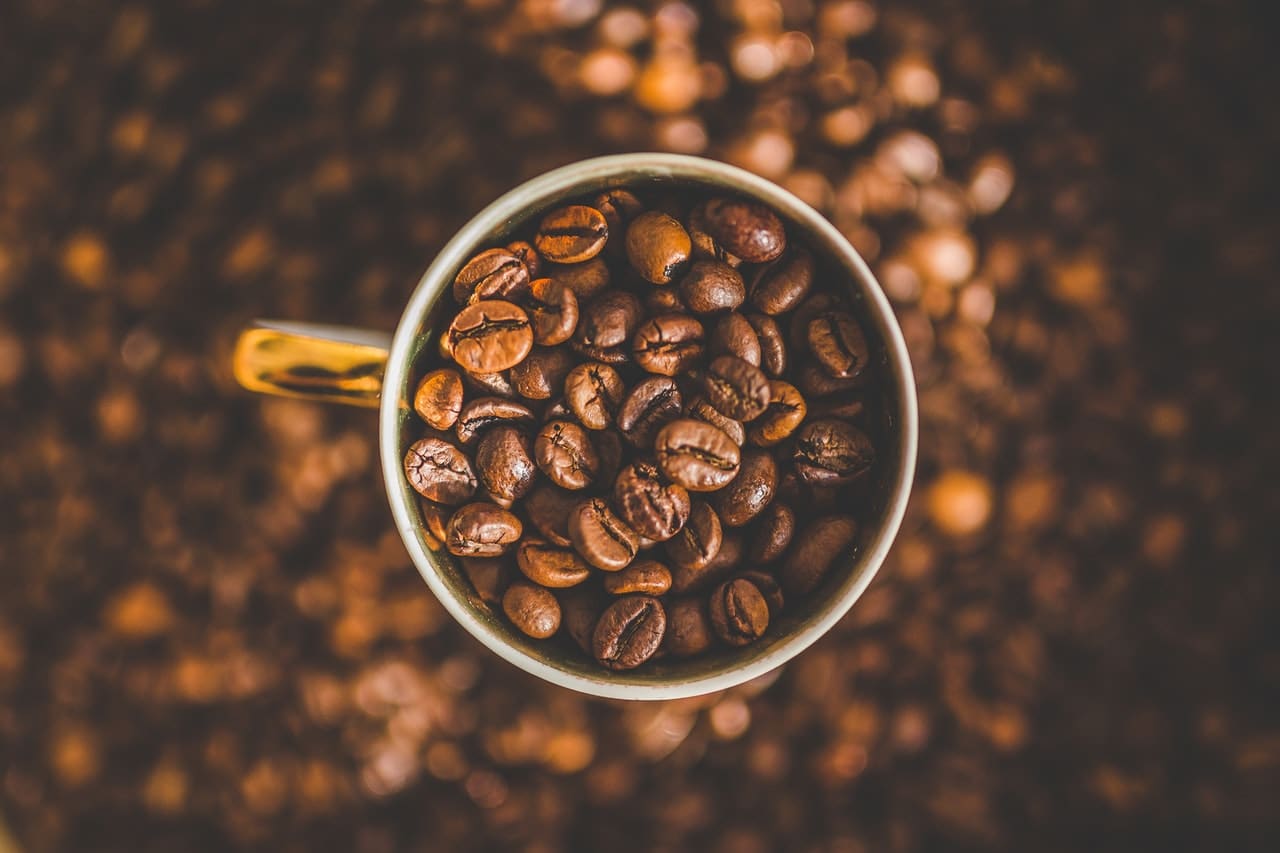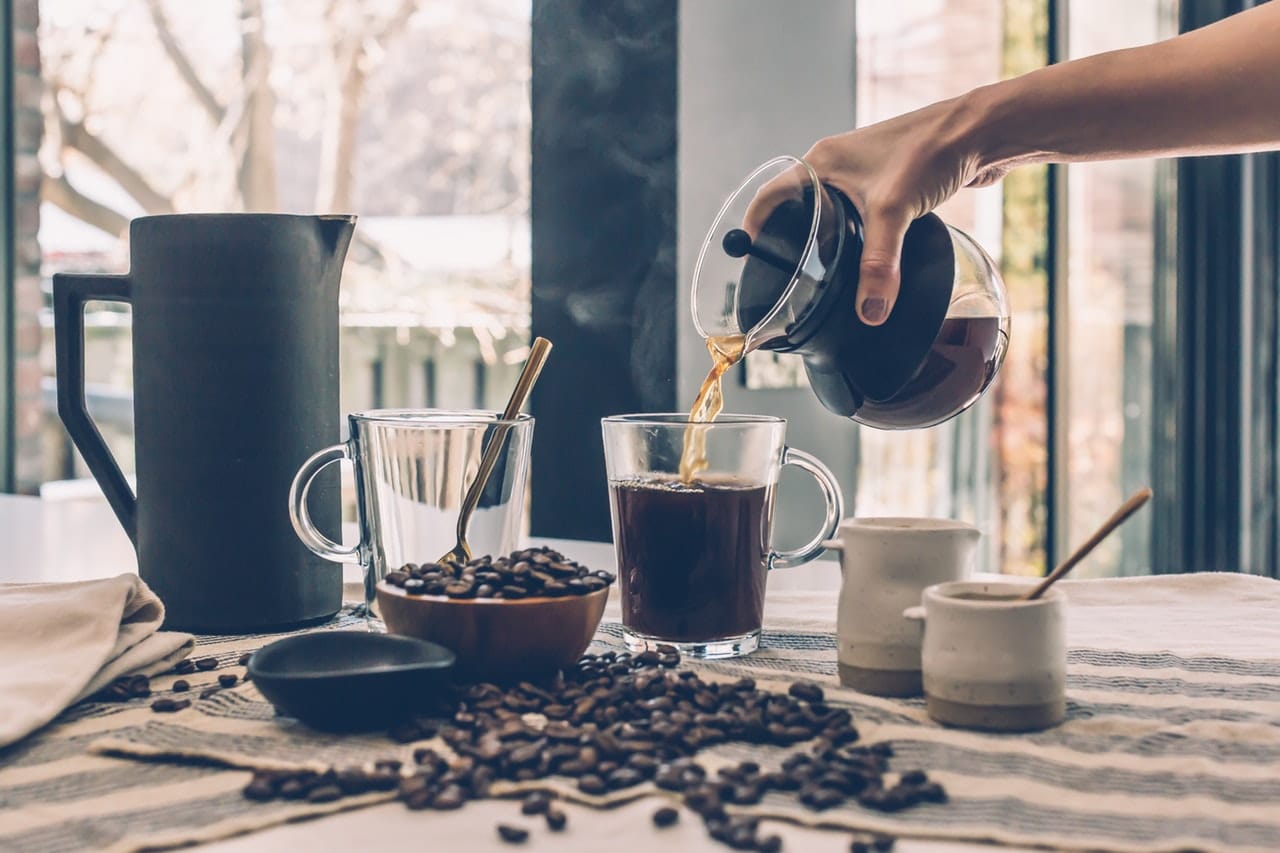Raise your hands if you love coffee! For some people, mornings mean coffee. For others, it flows through their veins along with their bloodstream. For those who do not love its taste – well, let’s not talk about them. This is for you and me!
Coffee has a rich taste – it can be sweet, bitter, milky, creamy, or all together in one cup, whichever way you prefer it. Needless to say, its smell and aroma add to the good sensation of coffee. It can be paired with a loaf of bread, or be sipped alone. Most of us do not get the right amount of energy needed to start the day if we haven’t had our coffee. Do you ever wonder why it tastes so good?
IMAGE: PEXELS
Why Your Coffee Tastes Good
Does the great taste come out of nowhere? Nah. For the most part, what’s responsible for this are the evaporating compounds formulated upon roasting the coffee beans – around 800 distinct compounds. Thermal degradation, due to overheating, disintegrates proteins as well as sugars and produce the volatile compounds recognized by our sense of smell. Normally, there are 20 major compounds that comprise roast coffee.
The reactions caused by thermal degradation usually occurs within the cells’ dense walls (of the coffee bean). Yet, research says the general taste we get and experience from our favorite coffee drink is influenced by the minor compounds. The combination of the different vaporous compounds is the only thing that can give off that smell and taste of what we’ve known as ‘coffee’.
Why You’re Addicted To Coffee
There’s nothing else to blame but caffeine. What is it? Caffeine is a crystalline compound that stimulates the central nervous system. The caffeine content in the coffee you drink rouses the chemical compound dopamine – a neurotransmitter of the brain.
It induces a euphoric impact similar to the one brought by narcotic drugs like ecstasy and cocaine. This element in coffee prompts the release of chemicals that manage feelings, happiness levels, and euphoria. Dr. Gary L. Wenk says that the wide consumption of caffeine among all the other psychoactive substances in the world is due to the delight produced akin to that of cocaine.
How Coffee Is Made
After answering those why´s, we can now jump into the coffee making process. From the bean to the cup! Continue reading.
1. The Harvest
Coffee is grown on lands not as expansive as the other crops need. Ripe berries are picked by batch, not all at once. A week or more of interval separates the batch harvesting. In some parts of the world, they use mechanical equipment in harvesting. In others, hand-picking is still preferred.
It leads to a more selective gathering of ripe berries. Picking the fruits at the right condition results in the best quality of the coffee. The beans are well-formed, there’s more oil, and the acid content is lower.
2. The Sorting And Selection
The coffee cherries need to be sorted. At the center of each fruit, there are two small beans – what coffee needs. Sorting can be done by winnowing through the use of a huge sieve that can hold the berries. It can also be done by hand. All unnecessary elements must be ejected through the tiny holes.
Meanwhile, there is another option – water immersion. The harvested fruits will be placed into a large container with water, those that are not ripe yet would float for easy segregation due to the difference in density between the ripe and not.
3. The Pulping Of The Fruit
It’s time to deflesh! Coatings or the skin of the cherries must be removed. Depulping equipment would help in this process. Not only the skin but also the pulp will be extracted. They can, later on, be used for making tea.
4. Fermentation
During the fermentation, bacteria and yeasts crush the sugars in the viscous solution or the so-called mucilage to bring forth acid content. The acid’s task is to increase the depth of and add intricacy to the coffee.
Fermentation can be conducted in three methods. First is low fermentation or wet processing. After being sorted by size, the pulp beans get thrown into fermentation tanks with water. They stay there for 12 up to 48 hours before getting washed with fresh water.
Second is medium fermentation or the semi-washed. The glutinous layer of the bean’s layer is left after the pulping process is finished. No washing will take place and fermentation proceeds throughout the drying phase. Third, the high fermentation or the dry process. Pulping will not happen, the ripe cherries will be scattered in the open space, exposed under the sun and left there to dry.
5. Drying
Whatever method is used for fermentation, the beans still undergo a drying process. Coffee producers wait for them to reach an approximately 11% of moisture content. These beans are raked so they could get dry evenly. Usually, it takes two to four weeks of letting the beans dry to achieve the standard percentage of moisture content.
6. Storage And Milling
As soon as the drying is over, the coffee will be stored in months or even years. The time frame primarily depends on temperature and humidity. Afterward, they will be dealt out for milling. Milling involves the use of vacuum homogenizer to grind the beans properly.
7. Grading And Distribution
Once done, the samples will be tested and evaluated. If they pass the judgment, these will be sold and distributed to coffee traders and manufacturers until it reaches certain roasteries accessible to the public.
8. Roasting, Packaging, Grinding, And Brewing
As it arrives at the coffee stores, they will be roasted, packaged, and crushed again through coffee grinders at disposal. Finally, the coffee beans will be brewed in espresso machines at coffee shops and parlors that you frequently visit.
Conclusion
There you have it! The stages of making coffee from bean to cup. Truly, a cup of coffee is a precious thing! After the long ride, did you love and appreciate your coffee more? We hope you enjoyed reading!
If you are interested in even more lifestyle-related articles and information from us here at Bit Rebels, then we have a lot to choose from.


COMMENTS